Efforts to restore Yangtian Lake
2021-08-26
In Yangtian Lake Scenic Area, Beihu District, Chenzhou city, all the roads are made of tabia (the mix of lime, yellow mud and sand), which are environmentally friendly and compatible with the natural scenery.
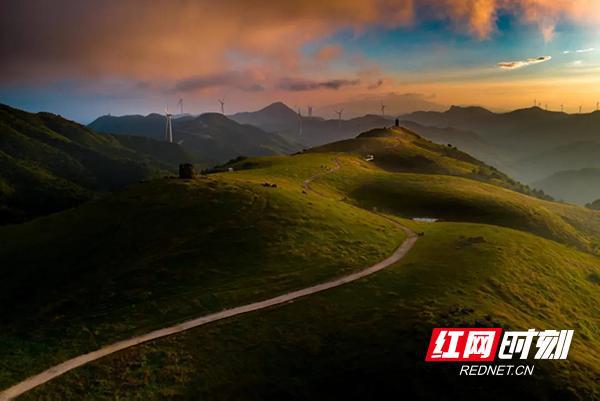
Yangtianhu Grassland is the largest alpine steppe in south China. However, due to overgrazing and horse manure everywhere, tourists lost interest in this treasure land. After more than one-year ecological restoration and resource integration, it now takes on a new look and attracts people's eyes.
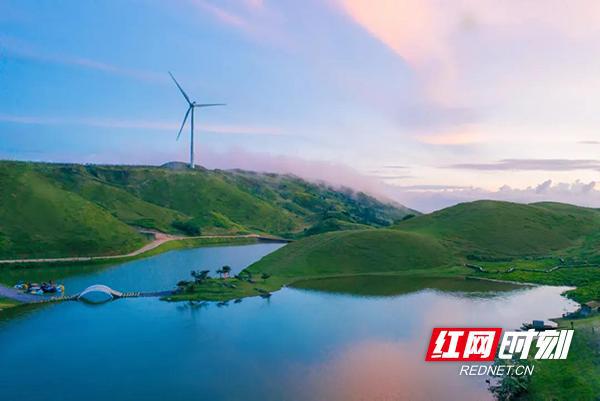
“In Yangtian Lake Scenic area, the must-check scenic spots mainly feature ecological construction, with the roofs of coffee house, barbecue bar and Hobbit castle covered with grass, achieving a perfect combination with the natural ecology,” said Liu Huadong, deputy manager of Jinzhan Tourism Investment Co., Ltd.
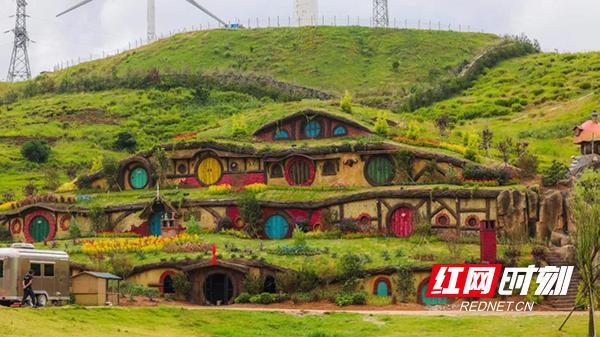
Yangtian Lake used to be dirty, messy and smelly, which was the impression it left on visitors before the transformation. Through 25-day efforts to dredge the lake, with 12 dump trucks and four hook machines, 36,000-cubic-meter silt was removed. Now, many swans are seen playing on the blue lake.
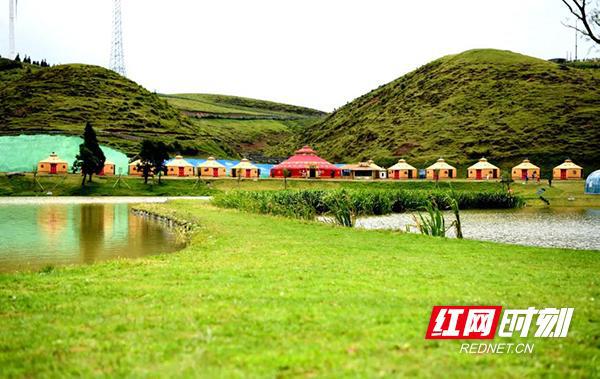
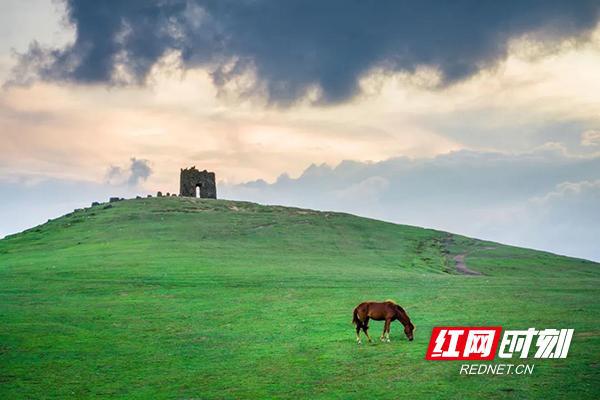
The dam was restored for the improvement of the water storage capacity and water circulation system to ensure the irrigation in dry season. The core grassland was enclosed with a fence and grass was planted on exposed slopes and road surfaces. With the joint efforts made by many parties, Yangtian Lake revived. With the grassland coverage rising from 64% in 2019 to 90% now, Beihu District has successfully restored Yangtian Lake and presented the beautiful scenery to tourists.




